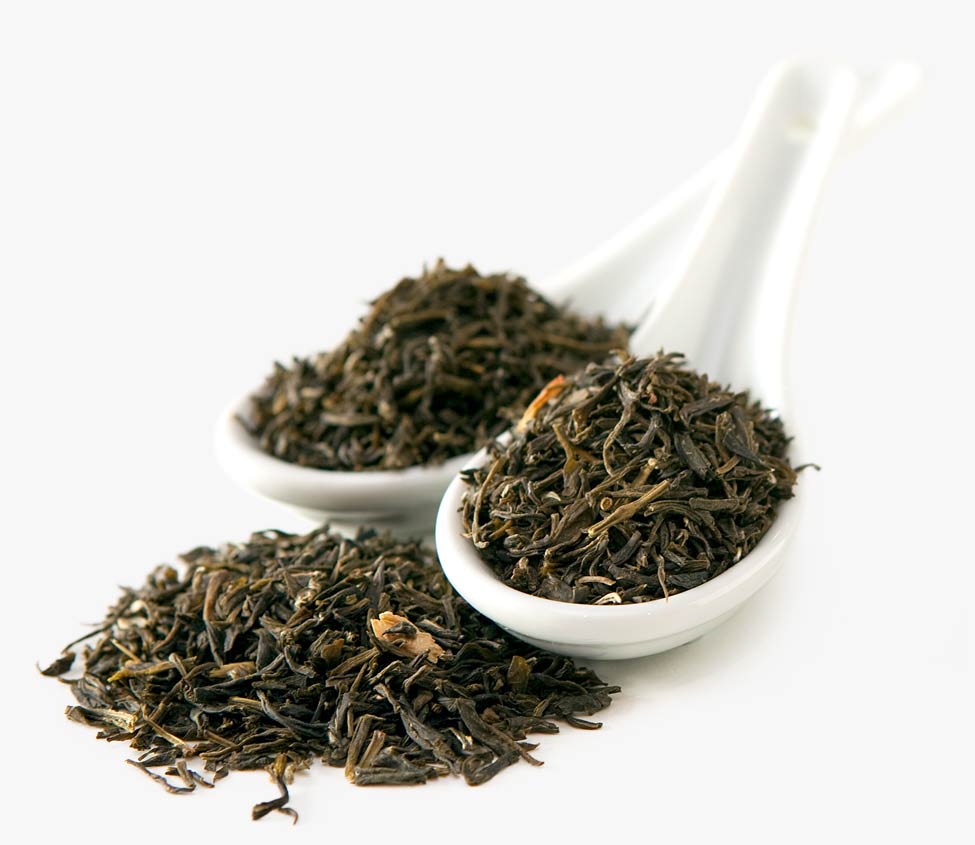History of Vietnam tea :The cradle of tea is also in Vietnam
With a history of tea cultivation and processing reaching back more than 2000 years,Vietnam is one of the most ancient tea-producing countries in the world.Vietnamese green teas have been largely unknown outside of mainland Asia until the present day. Recent free-enterprise initiatives are introducing these green teas to outside countries through new export activities. Some specialty Vietnamese teas include Lotus tea and Jasmine tea. Vietnam also produces black tea,green tea and oolong tea.
Vietnamese teas are produced in many different tea growing regions of Vietnam that have been known for tea-house “retreats.” located amidst immense tea forests of the Lamdong highlands,Moc Chau,Son La,Tuyen Quang,Phu Tho,Nghe An,Thai Nguyen province where the mountainous, water-rich country’s geology and climate are guarantors of optimal conditions for the thriving of the tea plant, and thereby for its cultivation.
Vietnam Tea’s culture.
Tea is essential to Vietnamese culture.In Vietnam, tea is said to appear in almost every social activities: from wedding, birthday to anniversary and ritual ceremonies. A cup of hot tea in the early morning after breakfast, some iced tea at “quán cóc” – the roadside-make-shift shop while waiting for a friend, or a whole day chilling out in a teahouse; that is the way tea penetrates into Vietnamese’ daily life.
Types of Vietnam Tea
There are three different types of teas produced- Black Tea, Green Tea and Oolong Tea.
Black Tea with two varieties- The traditional Orthodox (OTD) black tea ( leaf ) tea and the modern process of (Crush, Tear, Curl) CTC (granular) tea is the most popularly consumed in the world followed by Green Tea and oolong tea.Tea produced results in four different sieved qualities – Leaf Tea, Broken Tea, Fannings and Dust.
Harvest
The green tea leaves are mainly plucked by women, thanks to their delicate hands, who are wearing a basket or linen over their shoulder in which they are collecting the leaves. The rule „two leaves and the bud“ is strictly followed. The plucked leaves are examined on the collection point and weighed before they are transported to the tea factory. Here, the supplied amounts are weighed again and registered before the actual tea production is started.
Processing Tea
Manufacturing Chart
Producing Black Tea
– Black Tea Processing (Orthodox): Fresh Tea Leaves → Sorting Cleaning → Withering → Rolling → Fermentation → Firing/Drying (110 ° C / 65 ° C) → Sieving/Sorting → Black Tea (OTD)
– Black Tea Processing (Non-Orthodox / CTC): Fresh Tea Leaves → Sorting Cleaning → Withering→ Curling → Fermentation → Drying (130 ° C / 90 ° C) → Sieving/Sorting → Black Tea (CTC)
Producing Green Tea
Fresh Tea Leaves → Sorting Cleaning → Pan-frying, or Steaming → Pre-Drying (jasmine added) → Rolling → Post-Drying → Shaping and Styling → Green Tea
Producing Oolong Tea
Fresh Tea Leaves → Sorting Cleaning → Withering → Rolling → Fermentation → Firing/Drying (110 ° C / 65 ° C) → Sieving/Sorting → Oolong Tea




